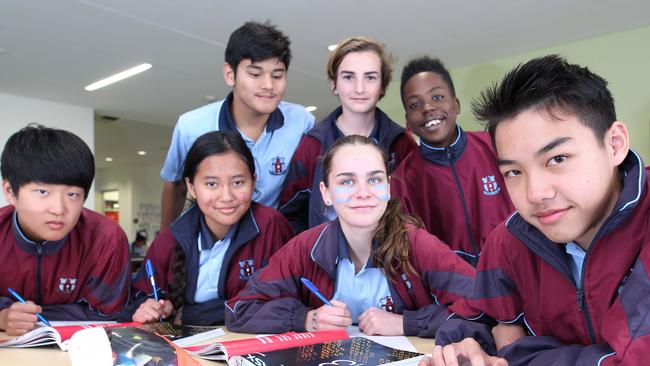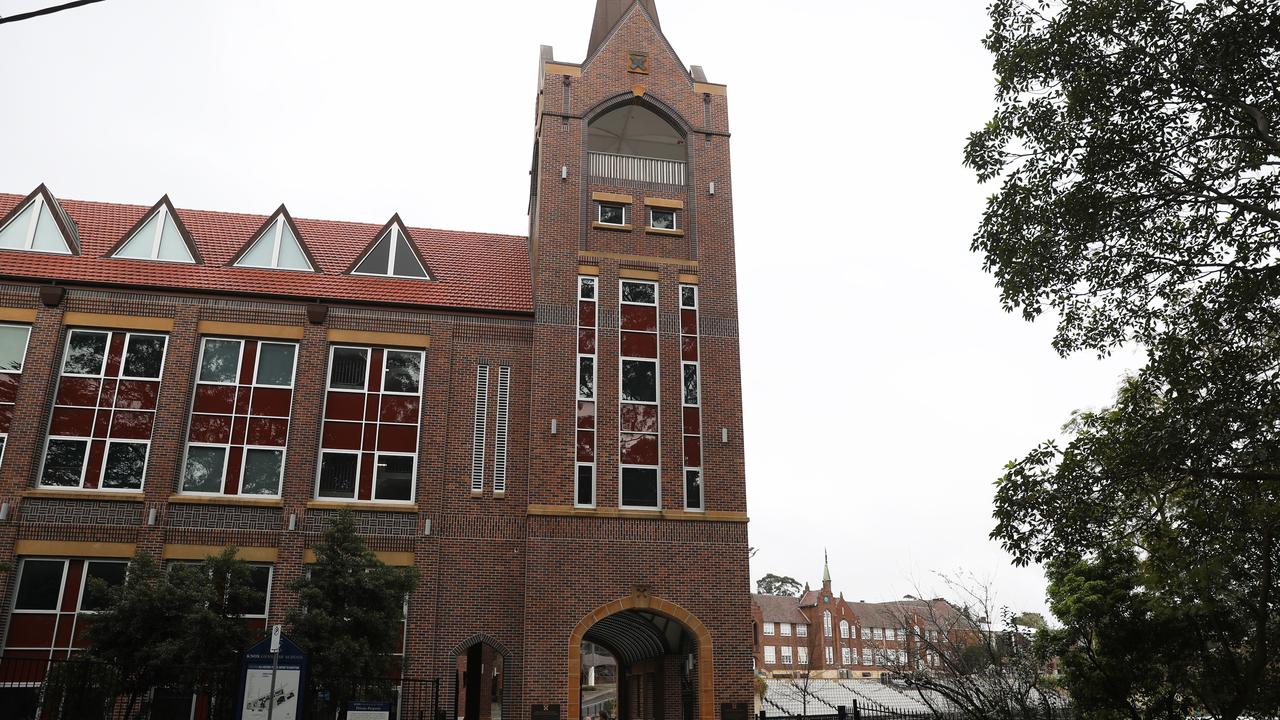WA students’ NAPLAN math results dramatically improved
Students in Western Australia have dramatically improved their maths skills over the past decade.

Students in Western Australia have dramatically improved their maths skills over the past decade, propelling the one-time lagging state to one of the nation’s best performers.
In 2008, the average Year 9 student in Western Australia was struggling in maths, lucky to perform at a standard expected in the first year of secondary school.
In the release of this year’s preliminary NAPLAN results, Western Australia has emerged as the only jurisdiction to have recorded statistically significant numeracy gains in all year levels since testing began.
The average gain at Year 9 has outstripped the rest of the nation, taking Western Australia from equal fourth position, alongside Queensland, to second spot, only marginally behind the ACT.
The result, which comes as most of the domains tested by NAPLAN have stagnated and writing results have declined significantly, has attracted attention from policymakers and education experts.
Grattan Institute school education program director Peter Goss said the 5.5 per cent improvement in the Year 9 numeracy score was “meaningful”, equating to an average 17 months’ learning gain for the average student.
Dr Goss agreed with comments from West Australian Education Minister Sue Ellery, who said the introduction of the Online Literacy and Numeracy Assessment — which students are required to sit in order to gain their school leavers’ certificate if they failed to achieve a band 8 result or higher in the Year 9 NAPLAN test — had made a “significant difference”. It had motivated students to apply themselves more in their learning, but this did not explain improvements at the primary level, Dr Goss said.
“There’s been an upward trend in Years 3 and 5, which is stronger in Year 5, equating to about seven months’ gain,” he said.
“This is true in most jurisdictions, including Queensland, which has brought in an extra year of preschool and has also put in a lot of effort into systematically improving its teaching in primary school.
“The key is that there have been improvements. They might have been slow and steady, as most changes like these are, and that’s why looking at these long-term trends is important.”
Glenn Savage, senior lecturer in education policy at the University of Western Australia, said a fuller explanation would emerge in December, when the final NAPLAN report was released. “It will be interesting to look into where that improvement is; are there particular types of schools or young people from particular backgrounds that are driving that?” he said.
“People will be saying let’s have a look at where these pockets of improvement are … and then dig into more detail to see what it is they are doing and get that conversation going more broadly.”
Willetton Senior High School, in Perth’s south, has gained a reputation for its focus on mathematics, evidenced by the 89 per cent of Year 9 students who achieved band 8 or higher in last year’s NAPLAN.
The school works hard to differentiate its teaching, ensuring that students at risk of falling behind receive extra support and high-achievers have access to extension programs.
“We have a community that is quite driven towards good results, so we have kids coming in … wanting to do well,” said principal Chris Booth.
“Having said that, our focus is not just on NAPLAN or OLNA — our focus is Years 7 to 12 and how we can keep all our students up to standard because we want them to come out of Year 12 with the best results they can get.”
Ms Ellery said improved numeracy results were also the result of a well-articulated curriculum as well as improved efforts by teachers to employ strategies to explicitly target gaps in students’ learning.
“The Department of Education draws on information collected through assessments … to develop relevant resources that teachers can use which are aligned with the curriculum,” Ms Ellery said.


